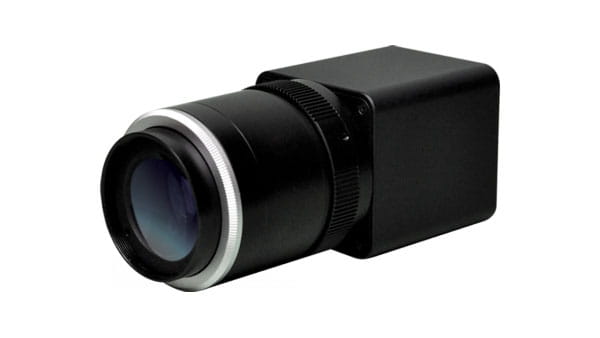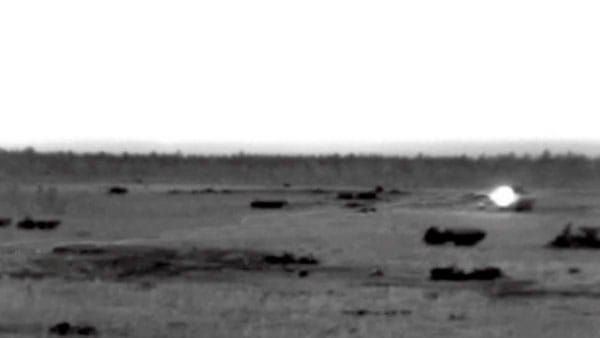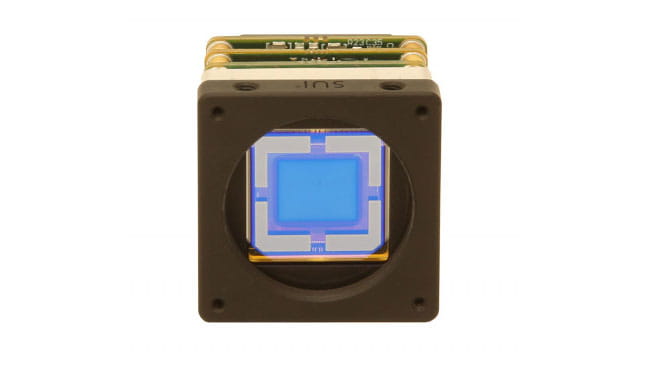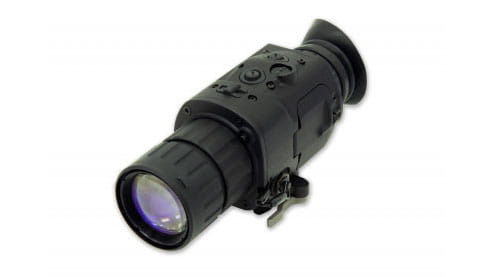
Lasers are used on the modern battlefield in many applications, from detecting the range of an object to designating a target for another weapon system to attack. The most common battlefield lasers operate at 850 nm, 1060 nm, and approximately 1500 nm. The first two laser types are visible to current night vision goggles. The 1550 nm laser, a modern eye-safe wavelength device, is not visible with current night vision technology. 1550 nm is within the short wave infrared (SWIR) region, and is therefore considered covert, invisible to opposing forces. But the 1550 nm laser emission is highly visible to Sensors Unlimited SWIR cameras. Covert to enemies, but highly visible to troops equipped with SWIR imaging devices, such lasers are increasingly important on the battlefield.
Most importantly, Sensors Unlimited SWIR cameras and focal plane arrays can see all three of these targeting/range-finding lasers. As the military continues the transition to 1550 nm covert illuminators, SWIR cameras allow a transition without obsolescence to current illuminators.
In the image below, a Sensors Unlimited SWIR camera images a 1064 nm laser on a tank.

Many military laser systems are boresighted to a visible or infrared imager center crosshair. On the battlefield, precision is difficult to ensure as deployed systems go through wear and tear. Sensors Unlimited's InGaAs SWIR cameras are able to see targeting lasers impacting the target, assuring accurate alignment. In many adverse conditions such as rain, mist and fog, our imagers continue to see without disruption.
Recommended product categories


640CSX+MMT ALPD Camera


